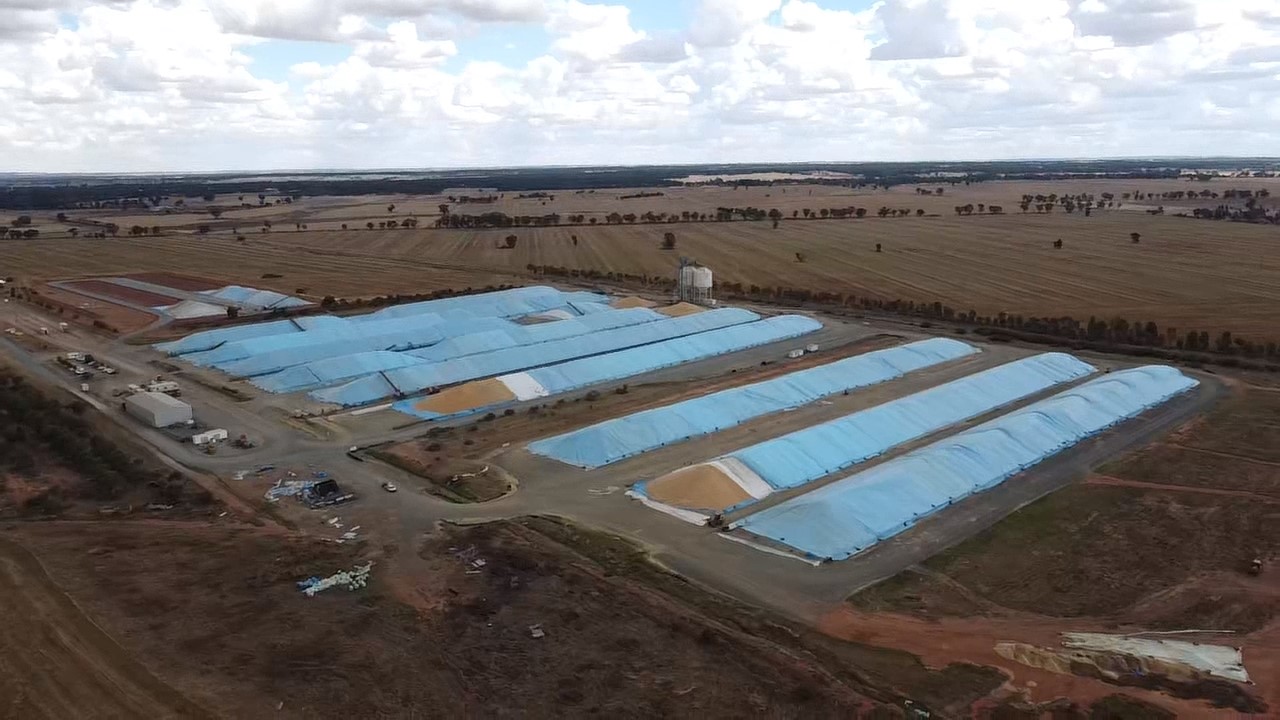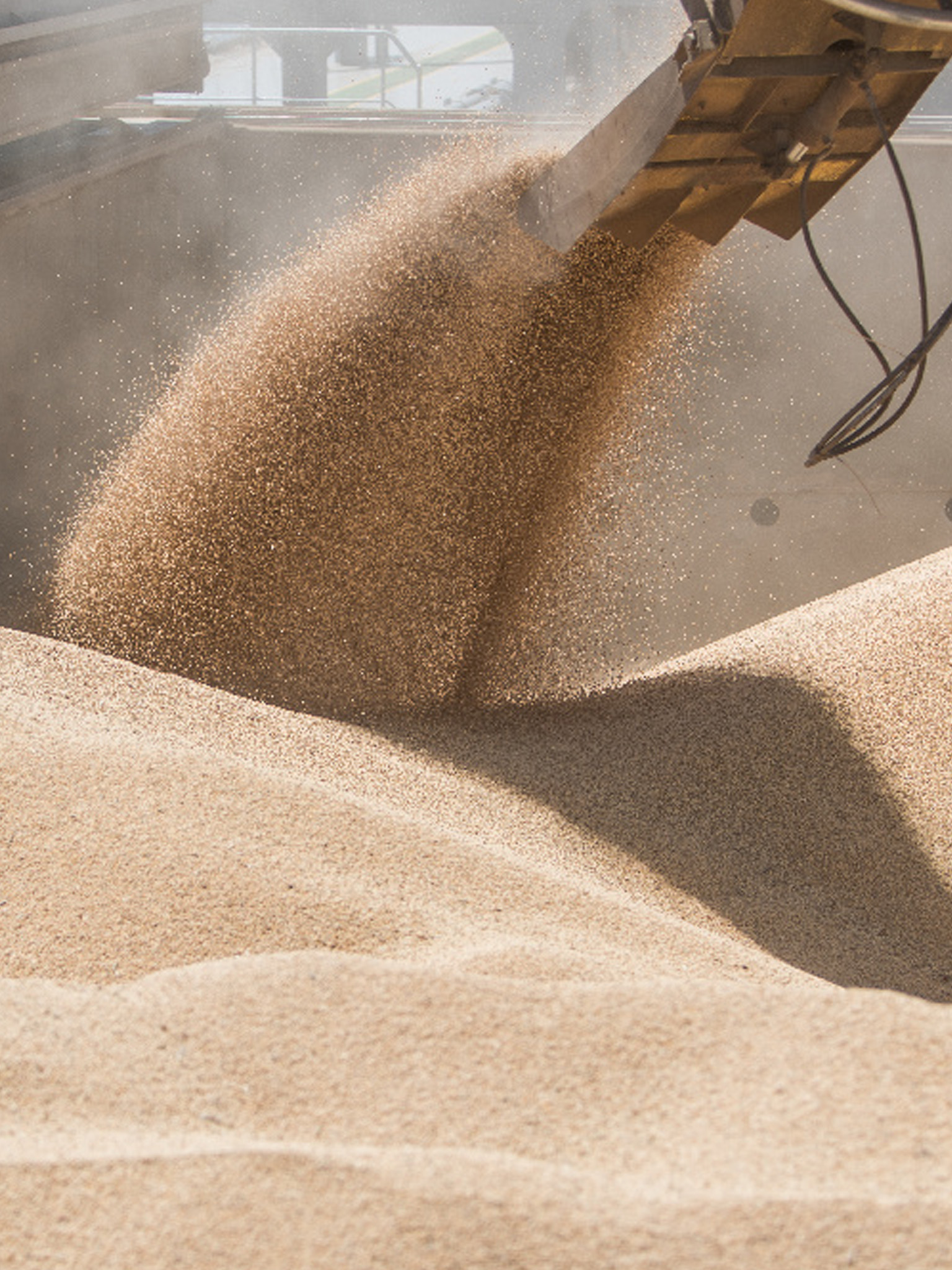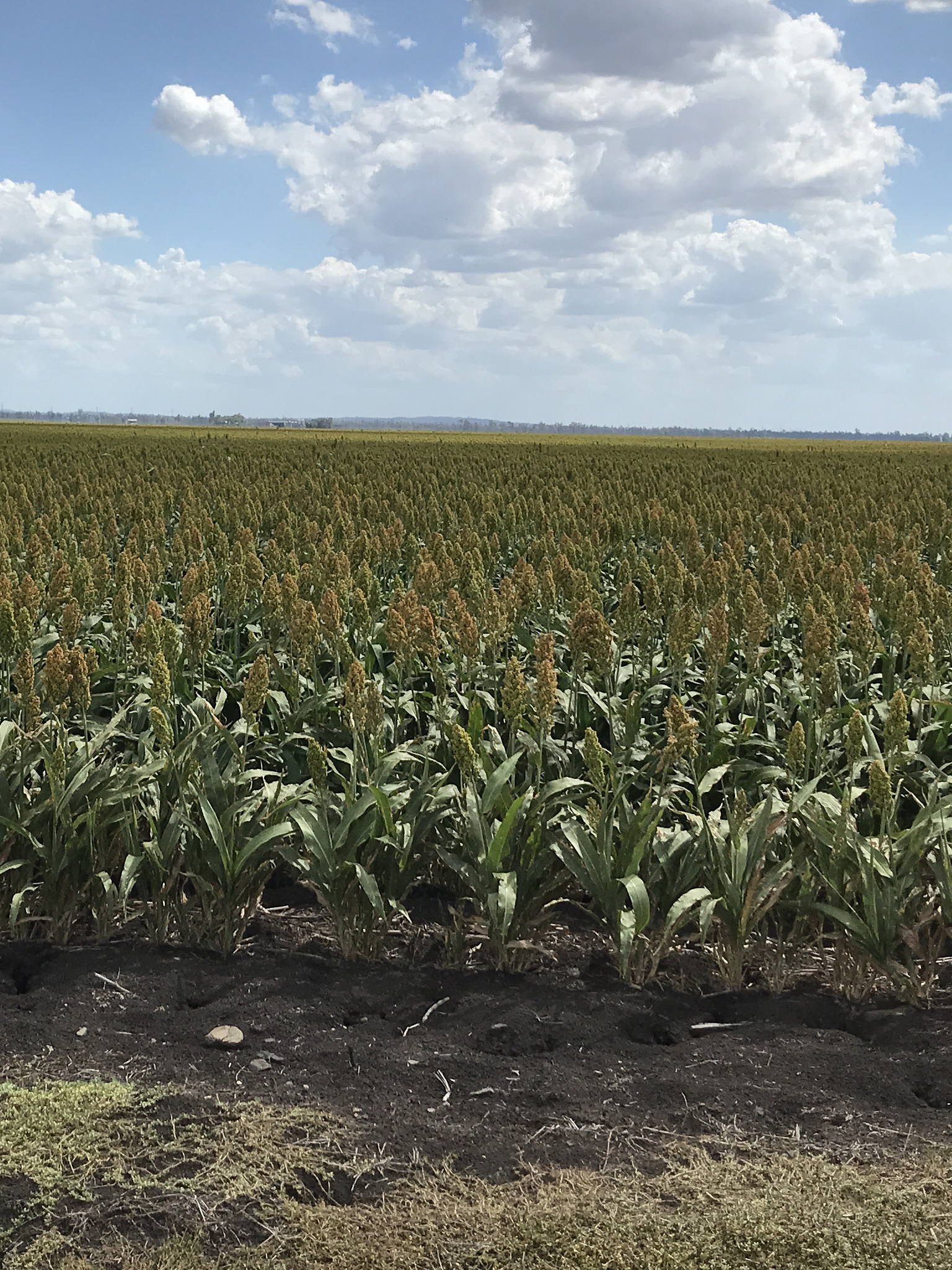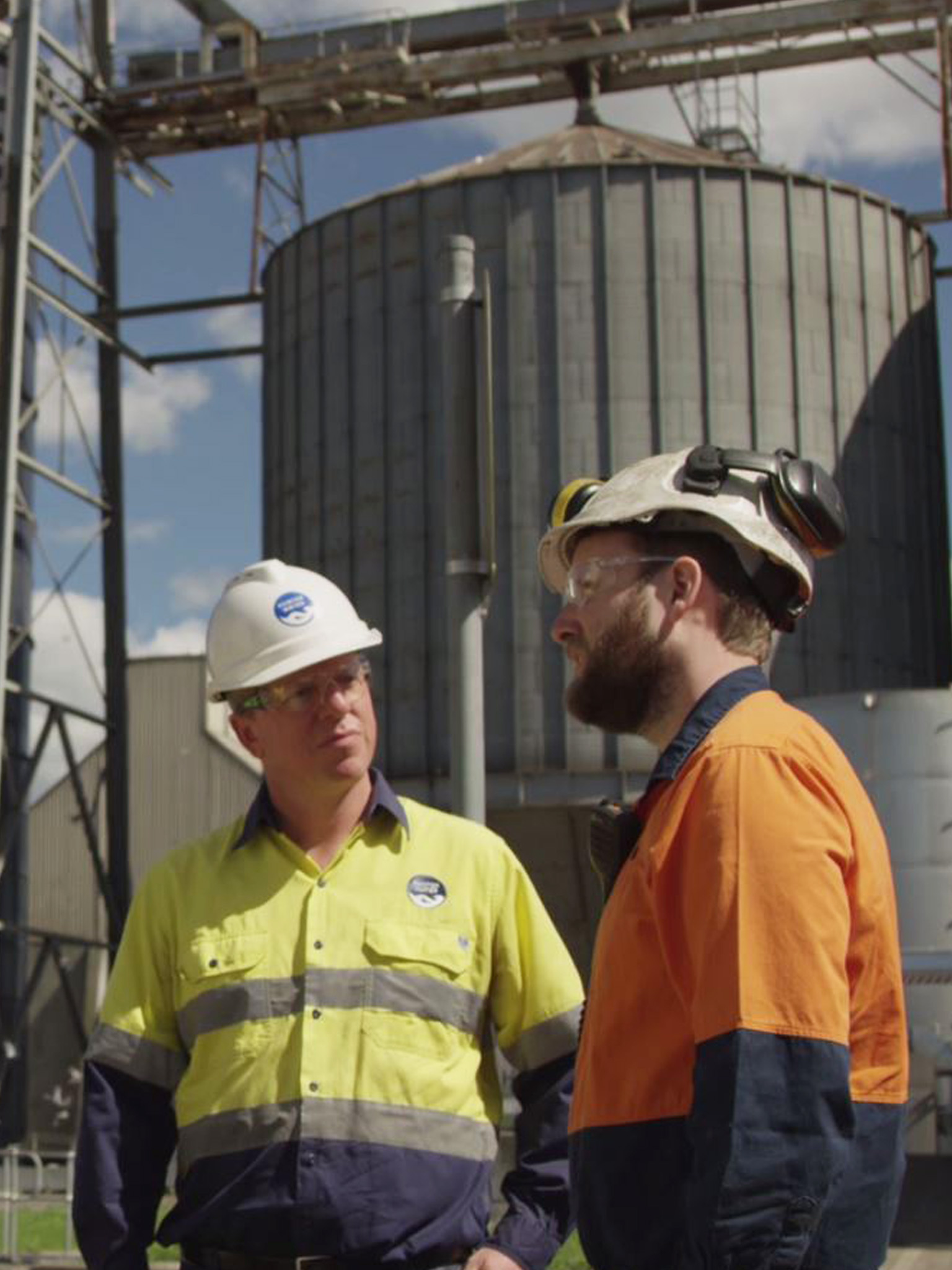SA Market Wrap - December
By Collette Wheadon
As harvest slowly starts to wind down, it was great to see the drama field year that was 2020 end on a positive note. The predicted La Nina that had us all fearing a repeat of 2010 with falling numbers machines and long drawn out harvest, was avoided through the Mallee, managing to finish with minimal delays.
Yields throughout parts the SA Mallee and south east have been above average, with crops recovering well from the dry July, and making the most of the soft finish to the season. Malt percentages were high, and there has been plenty of hard wheat around. The Vic Mallee was more of a mixed bag where in some places the dry July was combined with a run of frosts, taking a toll on crops that just ran out of legs at the finish line.
The East Coast crop was predicted to be a bumper and it did not disappoint, the bulk handling system has been inundated with deliveries and many sites have broken receival records. Sites capacities have been tested to the limits with turnaround times blowing out, filling up on-farm storage and pushing grain to any site available in an effort to keep the headers rolling by any means possible.
As deliveries hit the system they have been heavily sold, in particular pulses and canola to provide much needed cash flow on the back of a few tough years. As harvest progressed into cereals, ABARE increased their wheat numbers to a 32mmt crop, and China slowed its purchases from the US adding to downward pressures CBOT futures. When we saw a rebound in futures the strengthening AUD combined with the increased local crop size limited the gains seen locally.
In Adelaide, basis had remained strong throughout October on the back of potential quality concerns with the wet forecast looming, so harvest selling pressure combined with the above saw Port Adelaide based APW falling around $50 from the highs of $325 end of October, to $275 first week of December. Barley was not immune, also falling $60 from the highs start of November to a low of $188 start of December, with the spreads to malt and hard wheat eroding back to almost nothing.
Selling resistance at these levels combined with the first vessels arriving and some renewed domestic interest has added some small gains to current pricing, but in general selling has remained slow as growers look to spend some quality time with family over the Christmas break after what has been a chaotic 2020.
So as we look to what is hopefully a less turbulent 2021, it will no doubt be a busy one for the trade and ports as we now focus on moving this large crop out of Australia to make room for the 21/22 harvest.
Making mountains at West Wyalong

Before harvest, site supervisor at Cargill’s GrainFlow site at West Wyalong, Alan Cooper, bought a drone with aerial photography. It turned out to be a canny purchase allowing Alan to capture one of the most memorable harvests in recent memory.
Read MoreSurging exports a boom for brand Australia

2020 has been a forgettable year for lots of reasons, from bushfires to Covid-19. But the year is shaping up to be completely memorable as one of the best cropping seasons in recent times.
Read MorePutting Your Best Foot Forward

As headers in Central and Southern New South Wales and Victoria continue their efforts to complete harvest ahead of Christmas, growers in the north have largely wrapped up both their harvest and marketing programs for 2020 and are looking up the road to see if 2021 brings with it some fresh opportunity.
Read MoreWater saving efficiency wins Cargill Australia recognition

Cargill Australia (Newcastle Facility) has been recognised as a leader in water management and efficiency by the Hunter Business Chamber at its recent 2020 business awards.
Read More